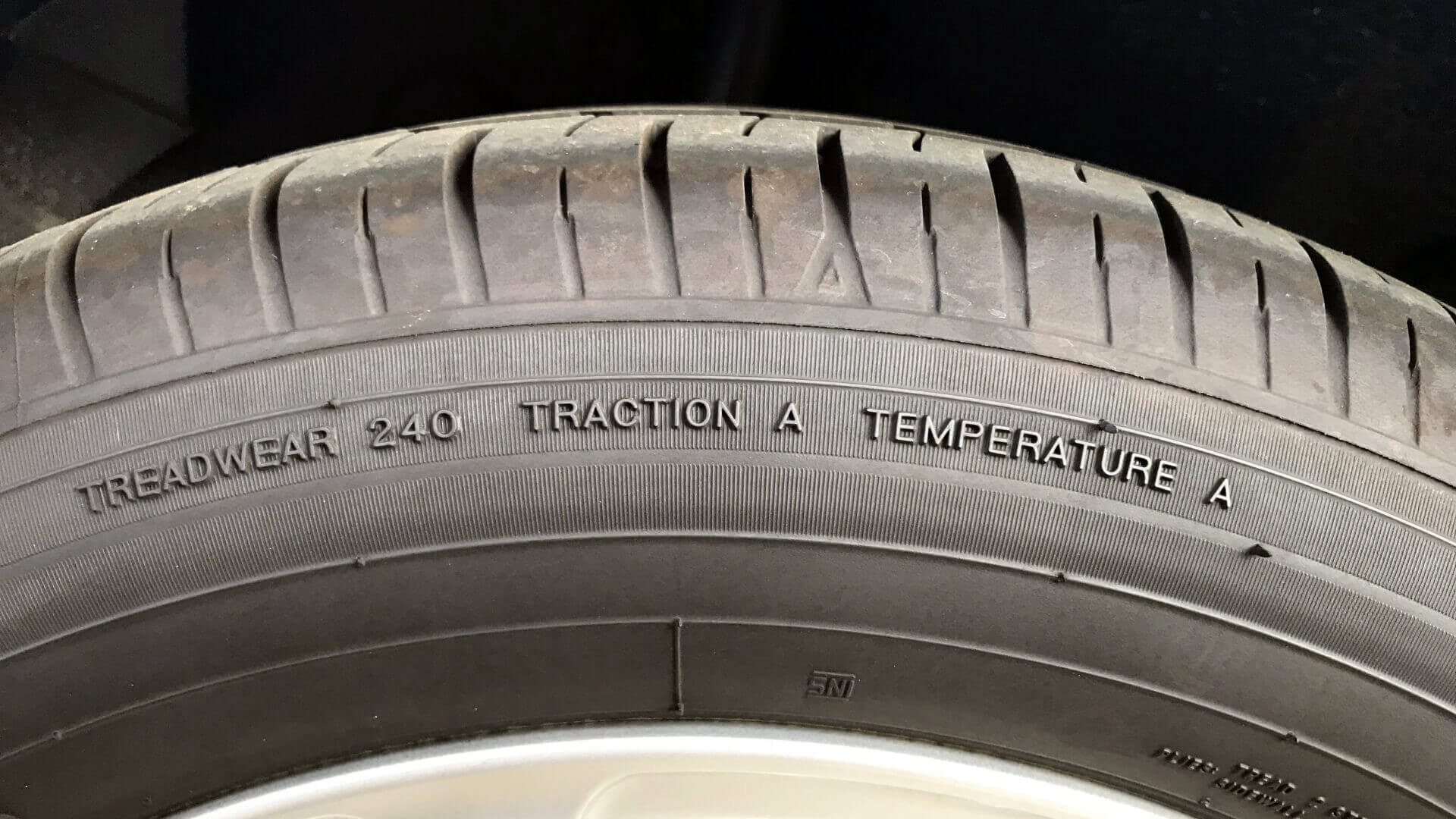If you’ve ever shopped for tires, you may have realized that the task can sometimes be complex. When faced with technical data sheets as long as a novel (without the twists and turns), it can be easy to get lost, especially when it comes to recognizing the true quality of a tire. Before the advent of the Internet and practical websites like ours, even accessing these data sheets could be a challenge, especially from the comfort of your living room.
This is why, faced with this reality, the U.S. Department of Transportation (DOT) has developed a system that is now standard for every tire sold in the United States. Due to the influence of the American market, these simple little codes can now be found virtually all over North America. The Uniform Tire Quality Grading (UTQG) was created in 1978 in the midst of the automobile safety revolution. Its printing on the rim has been mandatory on all American tires since 1979. It seeks to inform the consumer about several important safety factors in a concise, clear and easy-to-use format.
From rubber wear to heat resistance
A typical GGQT rating is a two letter code followed by a multiple of 100 associated with three metrics. This code actually represents three assessed factors. The first letter represents traction, which is the level of adhesion of the tire to different materials. The scale, ranging from C to AA, measures the force G applied to the wheels on asphalt and concrete. A tire with more than 0.54 G of force will be considered superior, while a tire with less than 0.38 will be prohibited.
The second index marks the resistance of the material to temperature. This data is very important, since heat is one of the most important factors in the deterioration of tires. Thus, an A grade tire will have a much better heat dissipation capacity than a C grade tire. In fact, the former will be able to run safely at more than 180km/h, while the latter will have to be content with 130. From that point on, the strength of the tire is no longer guaranteed, but luckily, it’s good enough even for our highways!
Finally, the number represents the tread resistance index as compared to the minimum required by law. Thus, a tire with a 100 rating will be just strong enough to pass the test, while a 400 tire will be four times stronger. However, this metric should not be directly related to the distance that can be driven. Due to a variety of factors, a 400 tire may not last four times as long as its cousin. However, it will probably be better suited to certain driving styles and will certainly offer superior protection.
Have you ever noticed this curious rating on the rim of our tires?






